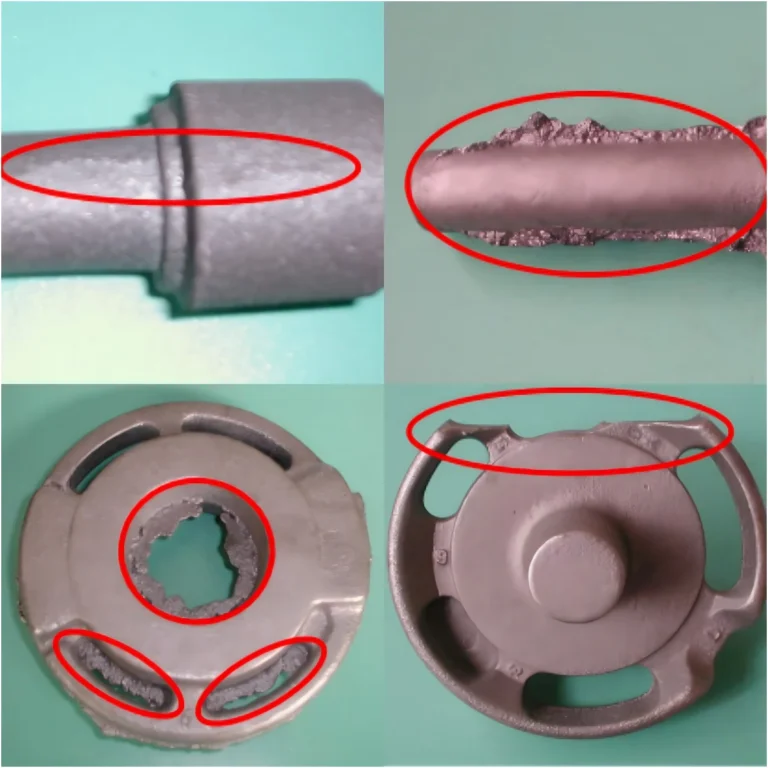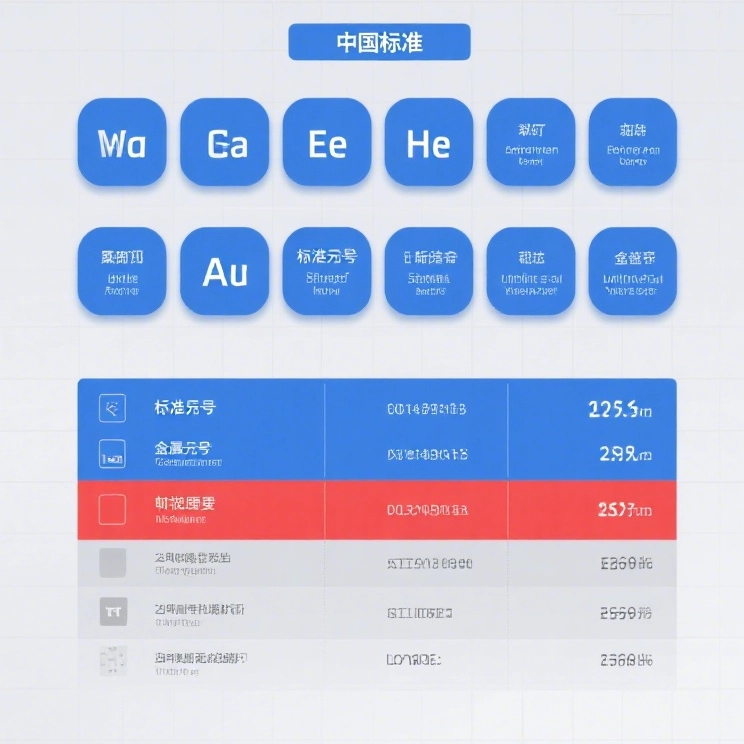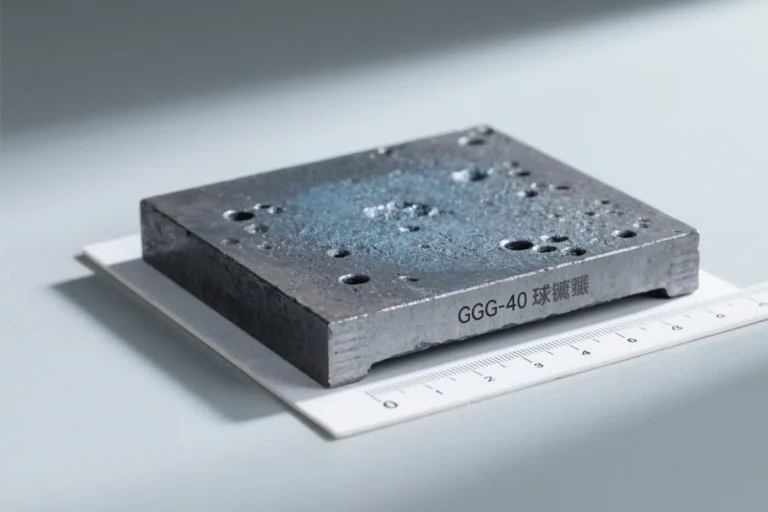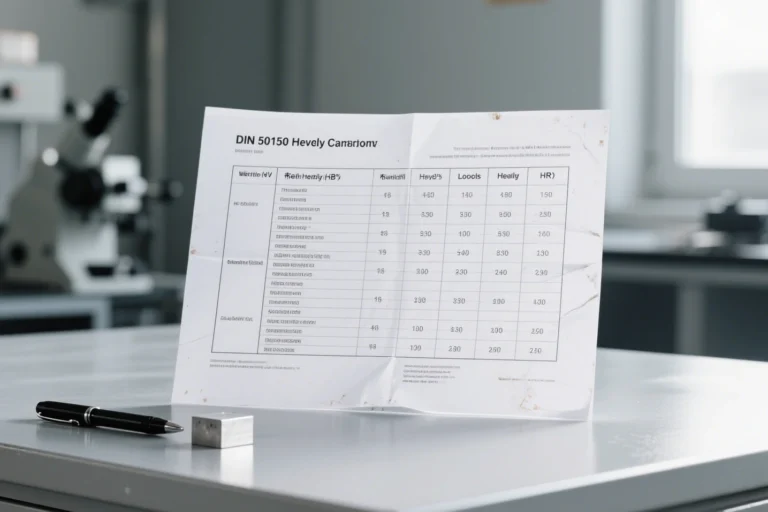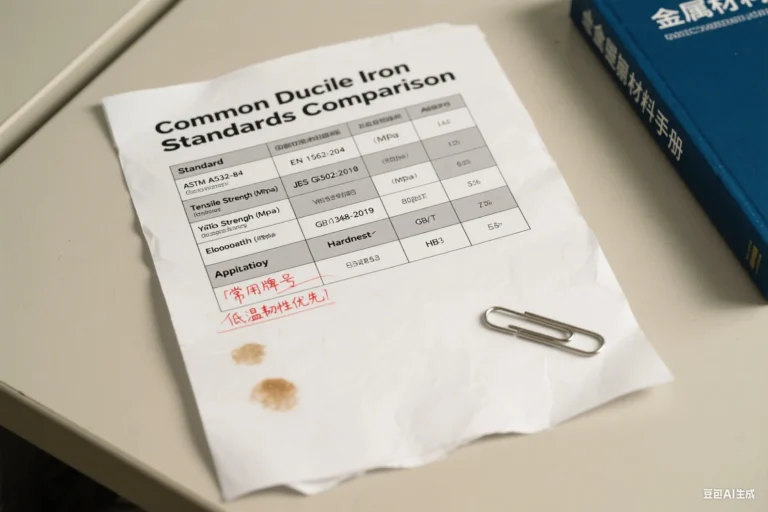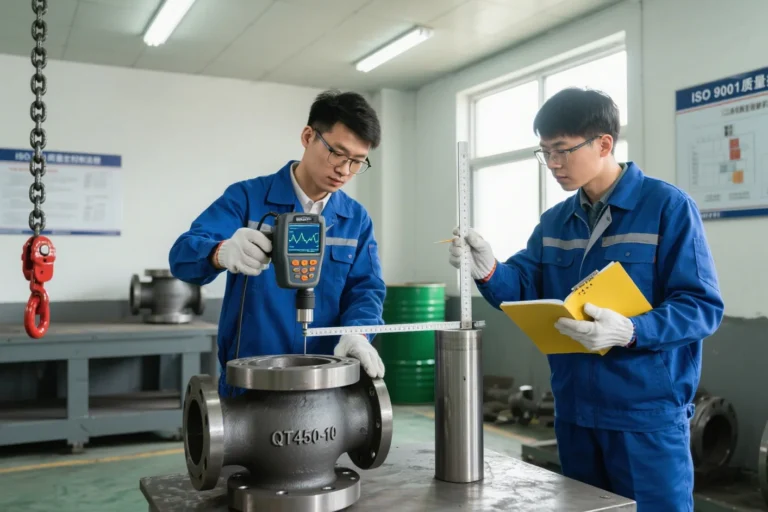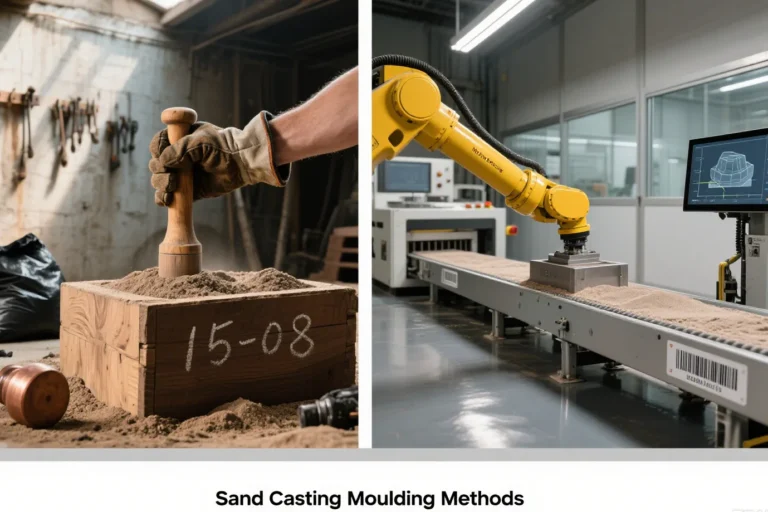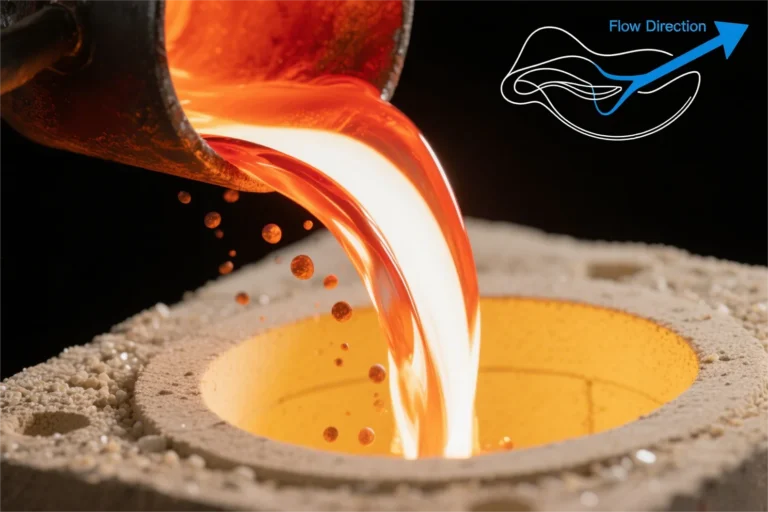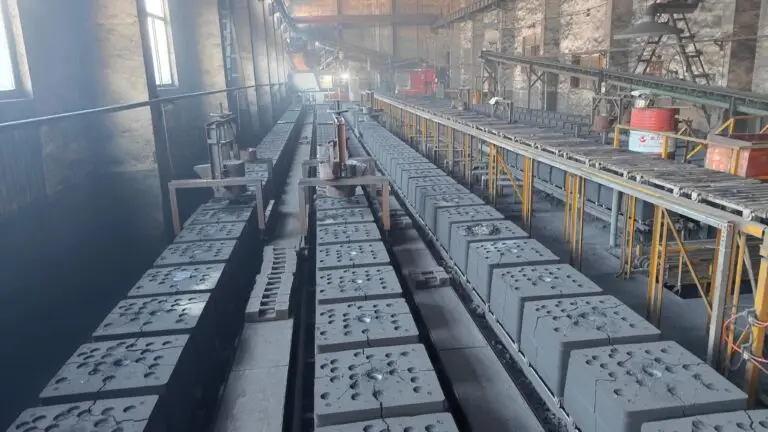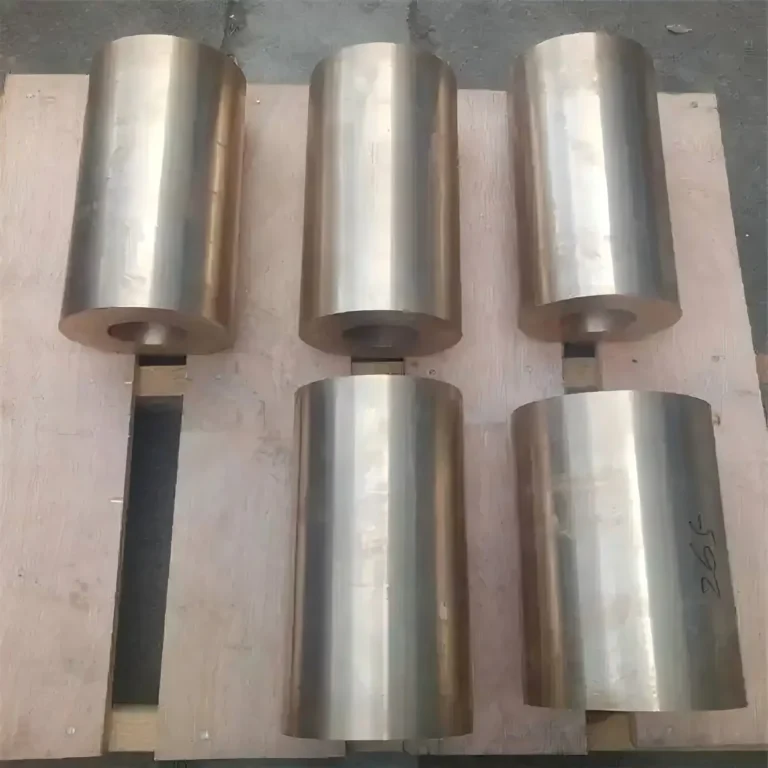Knowing the surface roughness by different manufacturing method- it will let you make the right decision to choose the best suitable method and material, it will let you know the best budget.
|
Process |
Roughness Range, Ra – Micrometers μm |
|
|
Maximum |
Minimum |
|
|
Flame Cutting |
25 |
12.5 |
|
Snagging |
25 |
6.3 |
|
Sawing |
25 |
1.6 |
|
Planing, Shaping |
12.5 |
1.6 |
|
Drilling |
6.3 |
1.6 |
|
Chemical Milling |
6.3 |
1.6 |
|
Elect. Discharge machining |
4.75 |
1.6 |
|
Milling |
6.3 |
0.8 |
|
Broaching |
3.2 |
0.8 |
|
Reaming |
3.2 |
0.8 |
|
Electron Beam |
6.3 |
0.8 |
|
Laser |
6.3 |
0.8 |
|
Electrode-Chemical |
3.2 |
0.2 |
|
Boring, Turning |
6.3 |
0.4 |
|
Barrel Finishing |
0.8 |
0.2 |
|
Electrolytic Grinding |
0.6 |
0.2 |
|
Roller Burnishing |
0.4 |
0.2 |
|
Grinding |
1.6 |
0.1 |
|
Honing |
0.8 |
0.1 |
|
Electrode-Polish |
0.8 |
0.1 |
|
Polishing |
0.4 |
0.1 |
|
Lapping |
0.4 |
0.5 |
|
Super Finishing |
0.2 |
0.025 |
|
25 |
12.5 |
|
|
Hot Rolling |
25 |
12.5 |
|
12.5 |
3.2 |
|
|
Perm. Mold Casting |
3.2 |
1.6 |
|
3.2 |
1.6 |
|
|
Extruding |
3.2 |
0.8 |
|
Cold Rolling, Drawing |
3.2 |
0.8 |
|
1.6 |
0.8 |
|
The above value is the most common range, in some case, it has depend on the material, special process, employ experience- it will have difference compare above data.
Leesh Engineering has the best engineering team and strictly quality and processing control, our all series process have higher standard than average.
Please contact us at info@leesh.cn , you will get the best assistance right away.

